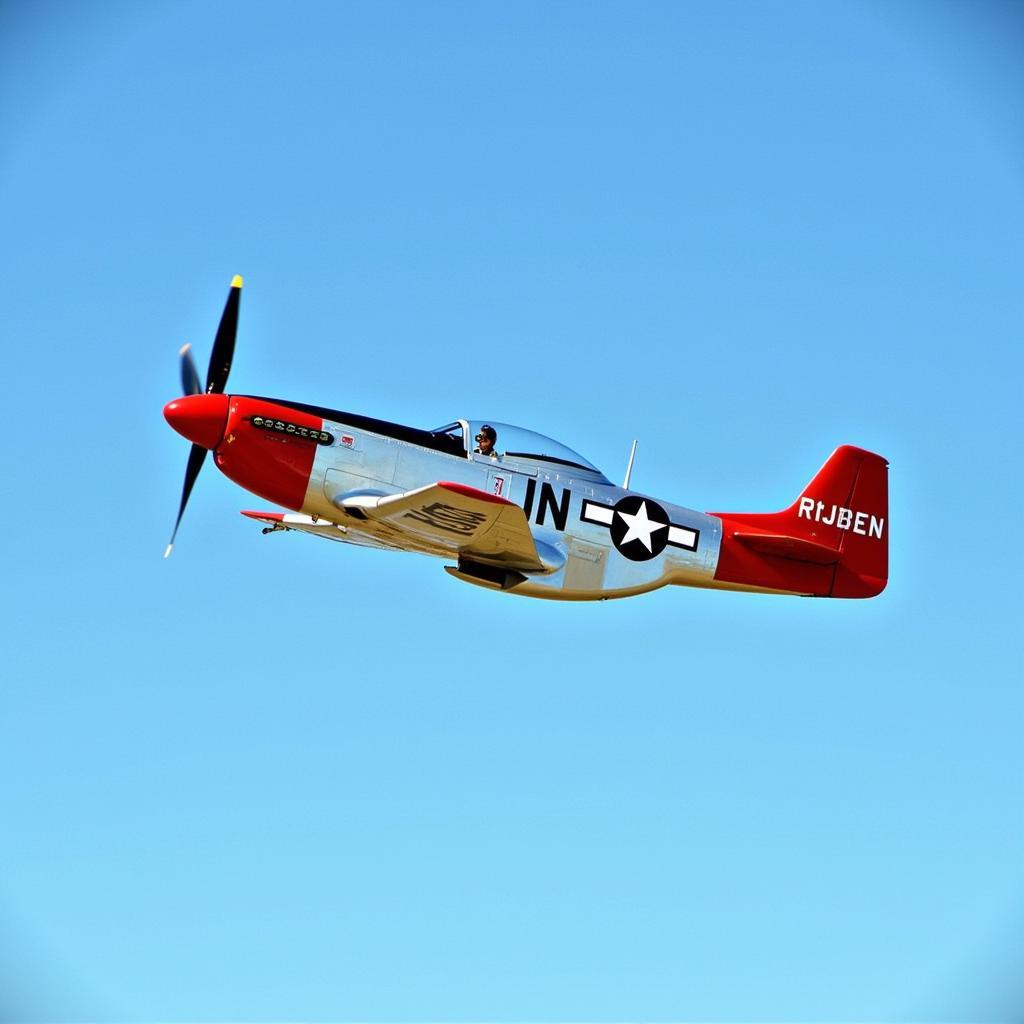African American Pilots in WW2: A Legacy of Courage
African American pilots in WW2 played a vital role, defying segregation and prejudice to serve their country with distinction. These brave men, known as the Tuskegee Airmen, shattered stereotypes and paved the way for future generations of African American aviators. Their story is one of resilience, determination, and unwavering commitment to achieving equality and recognition.
More than just pilots, the Tuskegee Airmen represented a turning point in the fight for civil rights. Their service challenged the deeply ingrained racist policies of the time and demonstrated the absurdity of segregation. Learning about these courageous individuals offers a powerful glimpse into the struggles and triumphs of African Americans during this tumultuous period. It also underscores the importance of their contributions to the Allied war effort.
Breaking Barriers: The Tuskegee Experiment and its Impact
The Tuskegee Airmen were part of an experiment, the Tuskegee Airmen Experiment, initiated by the United States Army Air Forces to train African Americans to fly and maintain combat aircraft. This experiment, born out of political pressure and the growing need for pilots, was met with skepticism and resistance from many within the military establishment. Some questioned the ability of African Americans to handle the complex tasks of aerial combat. The Tuskegee Airmen, however, quickly proved their doubters wrong.
The success of the Tuskegee Airmen was not just a military victory, but a social one as well. Their exemplary performance challenged the prevailing racist narratives about African American capabilities. It proved that given equal opportunity, African Americans could excel in any field, including the demanding arena of aerial warfare. This success laid the groundwork for the eventual desegregation of the US military.
You might be wondering, what challenges did these pilots face beyond the battlefield?
The Tuskegee Airmen faced discrimination not only in the military, but also in civilian life. They endured segregation, prejudice, and limited opportunities, despite their heroic service. Their resilience in the face of such adversity is a testament to their character and determination.
Distinguished Service: Escorting Bombers and Challenging Stereotypes
The Tuskegee Airmen distinguished themselves in combat, primarily escorting bombers over Europe. Their skill and bravery earned them numerous awards and accolades. They flew thousands of missions and earned a reputation for their exceptional flying skills and their dedication to protecting the bombers under their escort. The Red Tails, as they were known due to the distinctive red paint on the tails of their P-51 Mustangs, became a symbol of hope and inspiration for African Americans throughout the country. Their success in the skies over Europe was a powerful symbol of resistance against racial injustice.
African American Tuskegee Airmen were critical in the success of many bombing missions.
A Lasting Legacy: Inspiring Future Generations
The legacy of the Tuskegee Airmen continues to inspire generations. Their story is a reminder of the importance of perseverance, courage, and the pursuit of equality. Their achievements paved the way for greater integration in the military and helped to advance the civil rights movement. Museums, documentaries, and countless stories continue to tell their tale of bravery and triumph. What impact did the Tuskegee Airmen have on the Civil Rights Movement?
The Tuskegee Airmen’s success played a crucial role in the burgeoning Civil Rights Movement. By demonstrating their capabilities and challenging racial stereotypes, they helped to dismantle the justifications for segregation and discrimination, paving the way for future progress in the fight for equality.
 Tuskegee Airmen and their P-51 Mustang
Tuskegee Airmen and their P-51 Mustang
Who were some notable Tuskegee Airmen?
Some of the most notable Tuskegee Airmen include Benjamin O. Davis Jr., the commander of the 332nd Fighter Group, and Daniel “Chappie” James Jr., who later became the first African American four-star general in the US Air Force. These men, along with hundreds of other brave pilots and ground crew, made history and left an indelible mark on American history.
African Americans in World War II made significant contributions in various roles, despite facing discrimination.
African Americans during WW2 faced numerous challenges but played vital roles in the war effort, paving the way for future change.
Conclusion: Remembering the Red Tails
African American pilots in WW2, the Tuskegee Airmen, made a profound impact on both the war effort and the fight for civil rights. Their bravery, skill, and determination in the face of adversity continue to inspire. Their legacy reminds us that the fight for equality is a continuous journey, and their story serves as a beacon of hope and a testament to the power of perseverance.
FAQ
-
What were the Tuskegee Airmen?
- The Tuskegee Airmen were a group of primarily African American military pilots and airmen who fought in World War II.
-
Why were they called the “Red Tails”?
- They were nicknamed “Red Tails” because of the distinctive red paint on the tails of their P-51 Mustang fighter planes.
-
What was the Tuskegee Airmen Experiment?
- It was a program initiated by the US Army Air Forces to train African Americans to fly and maintain combat aircraft.
-
What was the significance of the Tuskegee Airmen?
- They challenged racial stereotypes and paved the way for the integration of the US military.
-
What impact did they have on the Civil Rights Movement?
- Their success helped to dismantle the justifications for segregation and discrimination, furthering the fight for equality.
Need More Information?
For further assistance, please contact us at Phone: +255768904061, Email: kaka.mag@gmail.com, or visit us at Mbarali DC Mawindi, Kangaga, Tanzania. We have a 24/7 customer service team ready to assist you.


